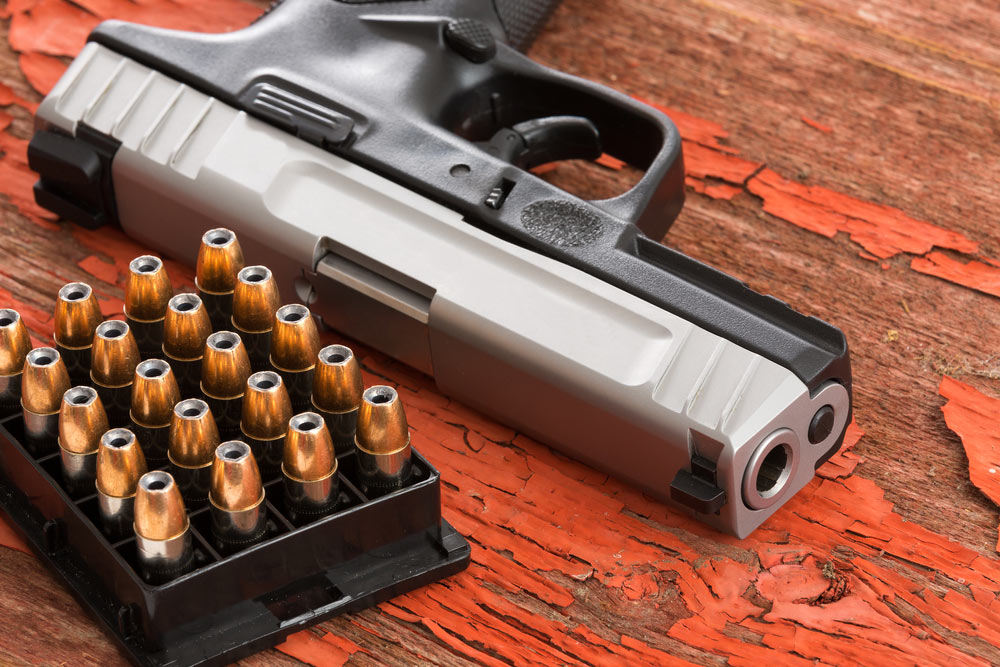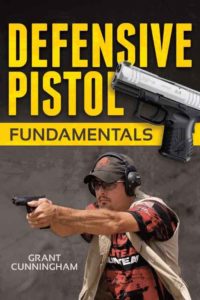Modern Gun School Special Content
5 Gift Ideas for Gun Owners Who “Have Everything”
Finding gifts for gun owners can be a bit challenging if the recipients already “have everything.” That’s why Gun Digest put together this list of gifts for gun owners. The staff believes in these products enough to sell them outright at GunDigestStore.com, so you can’t go wrong. Check out these great gifts

By Grant Cunningham
Dry fire should be an important part of any firearms training, but are shooters getting all they can out of the practice? Grant Cunningham suggests there is a more productive way to get the most out of pulling the trigger sans ammo.
Also Check Out:
Practicing a smooth trigger press is quite difficult with live ammunition; the recoil of the gun masks movement of the sights (and the “feel” needed when first learning the double actions). That recoil also interferes with your ability to judge if you’re correctly maintaining your grasp pressure.
Dry firing allows you to divorce the act from the recoil and lets you feel what a proper trigger is really like. Dry fire also makes it easy to feel grasp strength and if you’re maintaining it consistently. Paying close attention to these things in dry fire will make a huge difference in live fire control.
While some may scoff at this, I’m generally not an advocate of extensive dry fire practice for defensive shooting. That isn’t to say that it’s completely useless, though, because some – of the right kind and in the right proportion – can be extremely helpful in developing proper trigger control.
I recommend doing just enough dry fire practice at home that you develop the ability to maintain a perfect sight alignment for the full stroke (press and return) of the trigger 100% of the time. Once you’ve achieved that, I maintain that further dry fire in isolation is of little value. That doesn’t mean dry fire is completely useless, only that it might be best done at a different time and place.
In my experience, I found that once I actually fixed in my mind what proper trigger control felt like, any further dry firing was better done at the range just before live fire. This immediate transition from the lessons of dry fire to the application of those lessons in live fire provides far more benefit than endlessly dry firing off the range.
I suggest that when you go to the range start by doing a few dry fire repetitions, perhaps a dozen or so, which will be an immense help in fixing in your mind exactly what your hands should be doing. Immediately switching to live fire allows you to transfer the skills to actual shooting. My students have often reported that doing so makes both their dry fire and live fire sessions much more productive.
Editor's Note: This article is a excerpt from Grant Cunningham's book Defensive Pistol Fundamentals.
Defensive Pistol Fundamentals
The surprise attack, the ambush, is the most difficult type of incident to prepare for, but is rarely discussed. In Defensive Pistol Fundamentals, Grant Cunningham discusses the concepts, skills, and equipment you’ll need to overcome this worst-case scenario. While the concepts and skills discussed can certainly be utilized while using a variety of different firearms, this guide specifically covers the use of a semiautomatic pistol.


